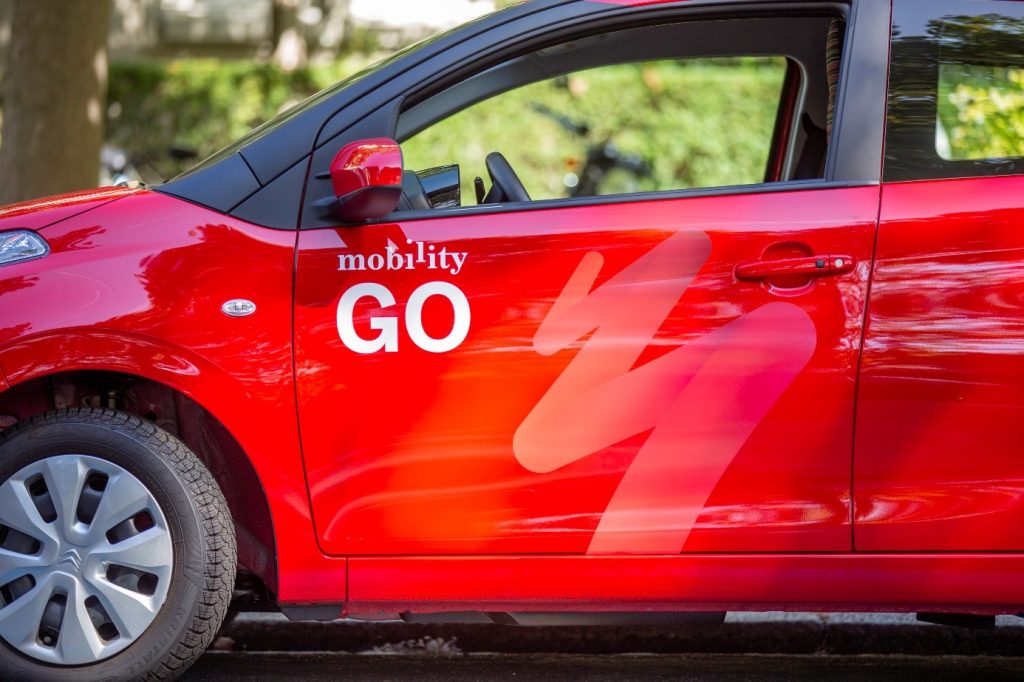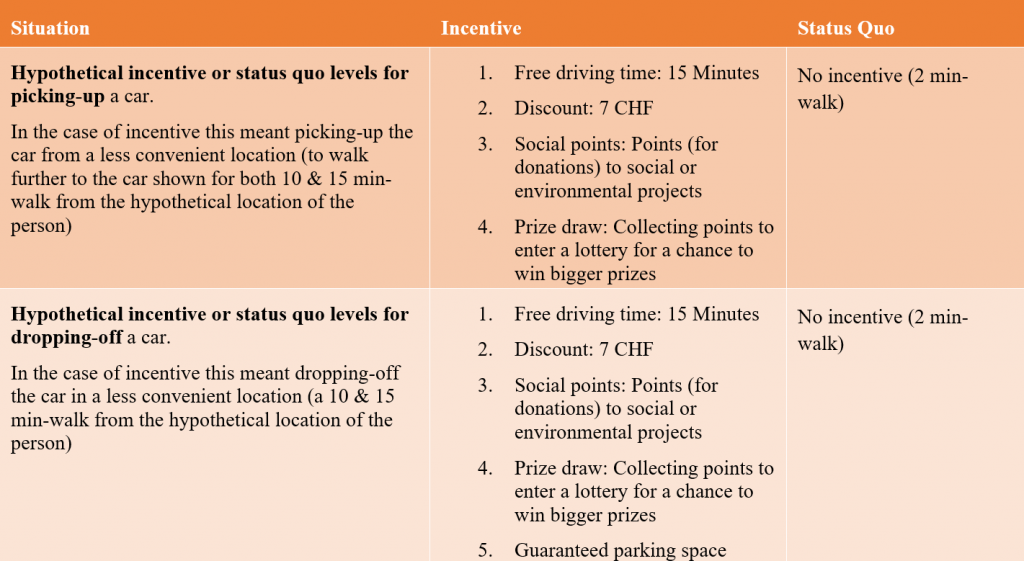Iljana Schubert, Michael Stiebe and Uros Tomic

Over the last years, we have witnessed a rapid growth in the number of free-floating carsharing schemes. These are mobility schemes where cars can be picked-up or dropped-off at any location within a city zone. Such a scheme exists, for example, in Basel with Mobility-Go. These mobility schemes reduce the need for people to own a car because they can quite quickly and easily book a shared vehicle.
The main challenge of free-floating carsharing schemes is that often cars are not where people need or want them. On the one hand, there are zones with high demand, where operators have to constantly make sure that there are enough cars for people to use. On the other hand, there are zones with low demand, where vehicles are standing around unused for a long time. To achieve a more balanced distribution of cars across zones, operators often have to move vehicles from a low to a high demand zone. Unfortunately, this “operator-based redistribution” as this redistribution is known is costly, energy-consuming and associated with higher CO2 emissions. Therefore, so-called user-based redistribution, which is not based on users driving the car around but on users walking further to more suitable pick-up and drop-off locations is preferable. To get people to walk the extra mile to less convenient locations operators try to use incentives.
Table 1: Table shows design aspects of the discrete choice experiment

In our project, we explored which incentives users of a Swiss free-floating carsharing service (Mobility Go) would prefer (see Table 1 for design). Through an online discrete choice experiment, we tested the preference for different incentives compared to a non-incentive (status quo) option. We asked 194 people to hypothetically choose different Mobility-Go cars from three different hypothetical locations (2 min-walk, 10 min-walk and 15 min-walk from the person’s hypothetical location). We compared four different types of incentives for picking-up the car at the three different locations. These were; 15 minutes free driving time (time), a discount of 7 Swiss Francs (CHF), collecting points (money) for social or environmental projects (social points) and collecting points to enter a lottery for a chance to win bigger prizes (prize draw). We also tested the same incentives plus an additional incentive (a guaranteed parking space) for dropping-off the car, again at three different locations. Examples of the choice tasks can be seen in figure 1- for picking-up – and figure 2 – for dropping-off cars. In both figures the status quo option, thus the option without incentives is displayed on the right. In figure 1 we also see an example of the prize draw incentive (in the middle) and the 15 minutes free driving time incentive (on the left). In figure 2, in addition to the status quo option, we see an example of the guaranteed parking space incentive (in the middle) and the social points incentives (on the left).


The results showed that across picking-up and dropping-off scenarios users are most interested in receiving free driving time as an incentive, followed by a discount. In addition, users were equally interested in the guaranteed parking space in the dropping-off scenarios. Collecting points (money) for social and environmental projects (social points) and collecting points to qualify for a prize draw were not attractive to Mobility-Go users. Overall, the interest in incentives seems to decrease with increased age and level of education.
In this first step of our project, we tested different types of incentives within a hypothetical setting. In a second step, we will test a selection of incentives in a field experiment. Watch this space for more news!